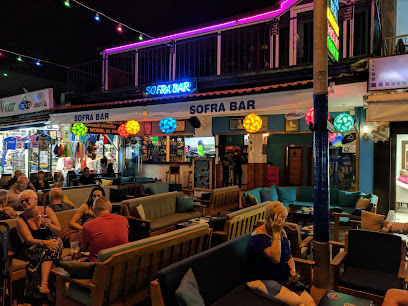
Discover the Enchanting Temple of Aphrodite
Explore the Temple of Aphrodite: A Stunning Journey into Ancient Roman Heritage in Geyre, Turkey.
The Temple of Aphrodite in Geyre, Turkey, is a captivating historical landmark that immerses visitors in the rich cultural heritage of ancient Rome. With its stunning architecture and serene surroundings, it's a must-visit for tourists keen to explore the grandeur of ancient civilizations.
A brief summary to Afrodit Tapınağı
- Karacasu, Geyre, Aydın, 09385, TR
- Visit website
Local tips
- Visit the site early in the morning or late afternoon for fewer crowds and better lighting for photos.
- Wear comfortable shoes, as the terrain can be uneven and requires some walking.
- Don't miss the nearby museum for an enriched understanding of the site's history.
Getting There
-
Walking
Start at the Pamukkale Travertines entrance. Exit the travertines area and head towards the main road, D585. Once you reach D585, turn right and walk approximately 1.5 kilometers until you see a sign for Geyre. Follow the sign leading you towards Geyre. Continue straight on the road for about 10 kilometers. You will pass through the village of Geyre; stay on the main road. Once in Geyre, follow the signs to Afrodit Tapınağı, which will be located on your left side. The temple is situated in a scenic area, and there are often locals who can guide you if you need further assistance.
-
Public Transport
From Pamukkale, walk to the main bus station (otogar), which is about 1 km from the Travertines. Once there, look for minibuses (dolmuş) heading to Karacasu. The journey to Karacasu takes around 30-40 minutes. Upon reaching Karacasu, ask the driver or locals for directions to Geyre, as it is a nearby village. You can take a local dolmuş from Karacasu to Geyre. After arriving in Geyre, follow the signs to Afrodit Tapınağı, which is close by.
Discover more about Afrodit Tapınağı
Iconic landmarks you can’t miss
Sebasteion Tapınağı
0.1 km
Discover the ancient allure of Sebasteion Tapınağı, a stunning Roman ruin in Geyre, Turkey, rich in history and architectural beauty.
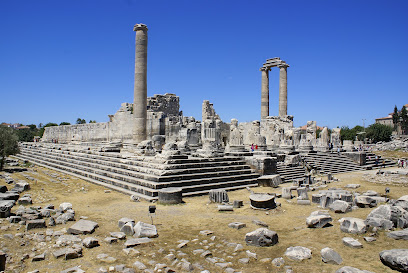
Harpasa Ancient City
34.2 km
Explore the ancient ruins of Harpasa City in Nazilli, Aydın, a captivating blend of history and architecture amidst stunning landscapes.
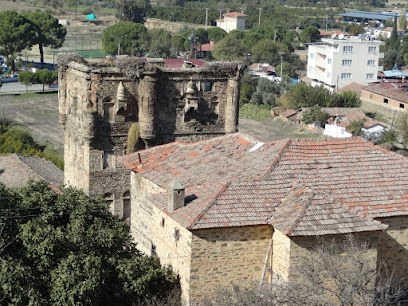
Pamukkale Tours
41.5 km
Experience the breathtaking beauty of Pamukkale, where stunning travertine terraces meet ancient history and healing thermal waters.
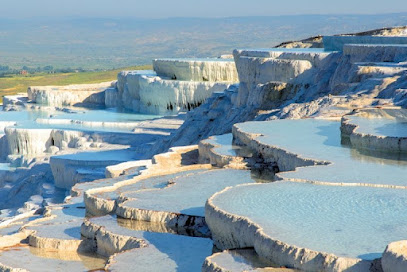
Pamukkale,Hierapolis
41.5 km
Discover Pamukkale, Turkey's Cotton Castle, where stunning travertine terraces meet ancient history in a breathtaking natural setting.
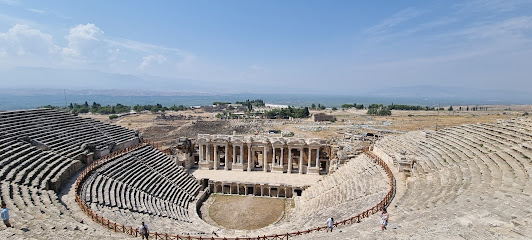
Frigya Hierapolisi
42.4 km
Explore the ancient wonders of Frigya Hierapolisi Castle in Pamukkale, where history meets breathtaking landscapes.
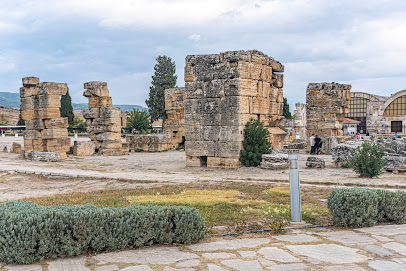
Pamukkale ve Oren Yerleri Isletme Mudurlugu
42.5 km
Explore Pamukkale's stunning travertine terraces and ancient ruins, a unique blend of natural beauty and rich history in Turkey.
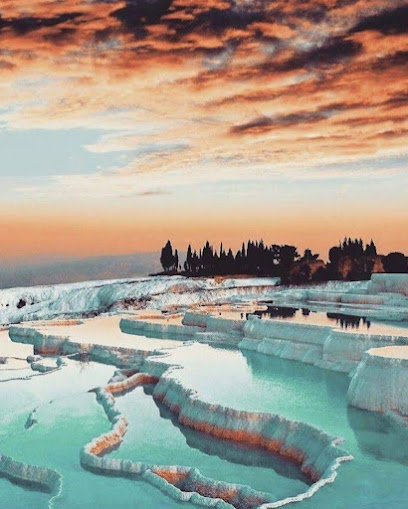
Temple to Pluto & Kore, Akharaka.
57.8 km
Explore the Temple to Pluto & Kore in Akharaka, an ancient site that unveils the mysteries of Roman mythology and offers a serene escape into history.

Lagina Antik Kenti
70.7 km
Discover the ancient wonders of Lagina Antik Kenti, a historic site in Muğla, Turkey, rich in culture and breathtaking ruins.
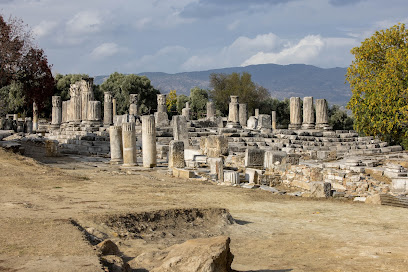
Köyceğiz-Dalyan Special Environmental Protection Area
91.6 km
Discover the natural beauty and adventure at Koycegiz-Dalyan Special Environmental Protection Area, a must-visit gem on Turkey's southwestern coast.
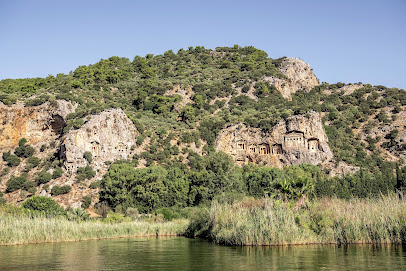
Kedrai Ancient City
91.9 km
Discover the ancient beauty of Kedrai, a historical landmark on Sedir Island, where history meets stunning natural landscapes.
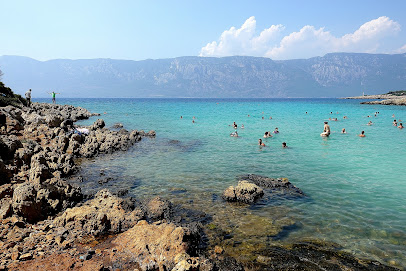
Cleopatra Beach
92.0 km
Experience the breathtaking beauty and historical allure of Cleopatra Beach on Sedir Island, a must-visit gem near Marmaris, Turkey.
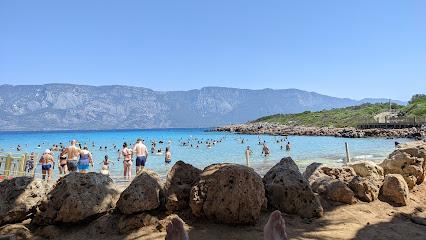
Hekatomnos Anıt Mezarı ve Kutsal Alanı
93.9 km
Discover the Hekatomnos Monument in Muğla: A Historical Gem with Stunning Architecture and Serene Landscapes.
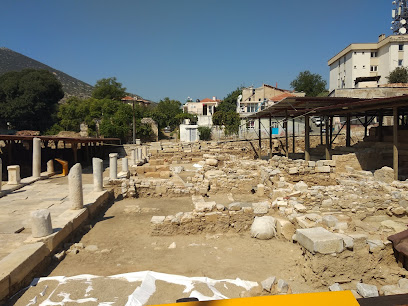
Mausoleum and Sacred area of Hecatomnus
93.9 km
Explore the Mausoleum and Sacred Area of Hecatomnus in Milas, Turkey, a historical landmark that reveals the rich architectural heritage of ancient Caria.
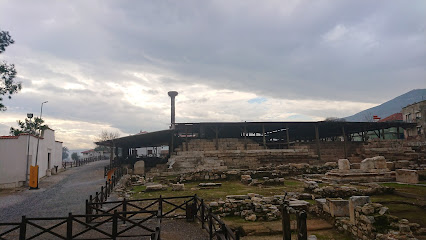
Belen Cami
93.9 km
Discover Belen Cami, a breathtaking mosque in Milas, where history, culture, and tranquility converge in a stunning architectural masterpiece.

Central Park Hotel
97.0 km
Discover comfort and culinary delights at Central Park Hotel, your ideal retreat in the scenic town of Dalyan, Muğla.

Unmissable attractions to see
Afrodit Tapınağı
0.0 km
Explore the Temple of Aphrodite: A Stunning Journey into Ancient Roman Heritage in Geyre, Turkey.

Sanctuary of Aphrodite of Aphrodisias
0.0 km
Explore the Sanctuary of Aphrodite in Aydın, Turkey, where history, beauty, and artistry converge in an unforgettable cultural experience.
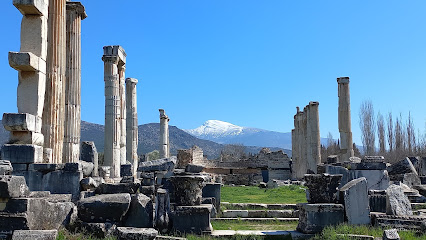
Aphrodisias Bouleterion
0.1 km
Explore the enchanting ruins of Aphrodisias Bouleterion, an archaeological gem in Turkey showcasing the rich heritage of ancient Greek civilization.
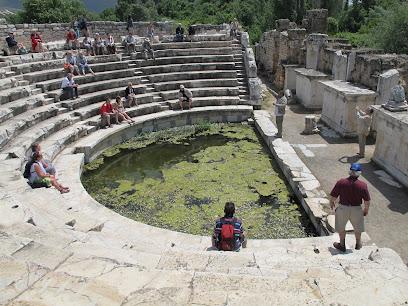
Afrodisias Güney Agora
0.2 km
Explore the captivating ruins of Afrodisias Güney Agora, a UNESCO World Heritage site showcasing ancient history and stunning landscapes.
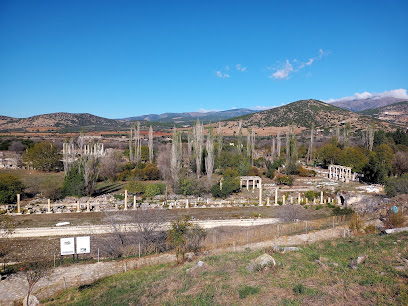
South Agora Aphrodisias
0.3 km
Explore the ancient ruins of South Agora Aphrodisias, a captivating archaeological site in Turkey, rich in history and stunning architecture.
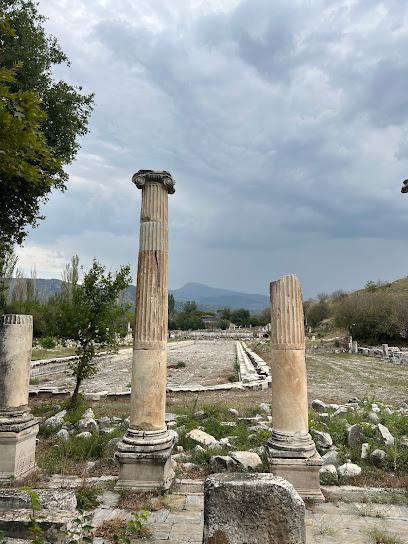
Aphrodisias Amphitheatre
0.3 km
Explore the breathtaking Aphrodisias Amphitheatre, a UNESCO World Heritage Site showcasing ancient architectural brilliance and rich cultural heritage.
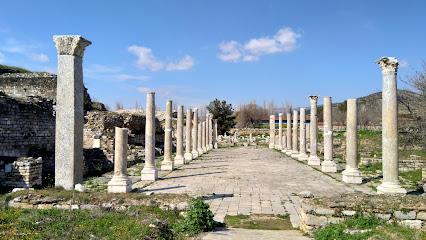
Aphrodisias Ancient City
0.3 km
Discover the breathtaking ruins of Aphrodisias Ancient City, a UNESCO World Heritage site rich in history and culture located in the heart of Turkey.
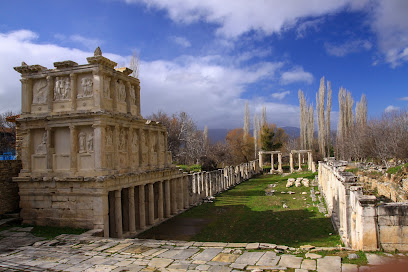
Aphrodisias Stadium
0.4 km
Discover the ancient splendor of Aphrodisias Stadium, a historical landmark in Turkey that showcases the grandeur of Roman architecture and culture.
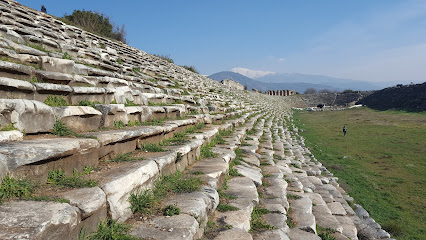
Aphrodisias Ancient City Museum
0.4 km
Discover the enchanting Aphrodisias Ancient City Museum, a historical treasure showcasing the splendor of ancient civilizations in Turkey's picturesque landscape.
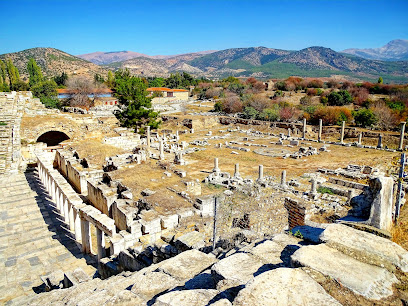
Afrodisias Tiyatro Hamamı
0.4 km
Explore Afrodisias Tiyatro Hamamı, a remarkable historical landmark showcasing ancient Roman architecture in scenic Geyre, Aydın.
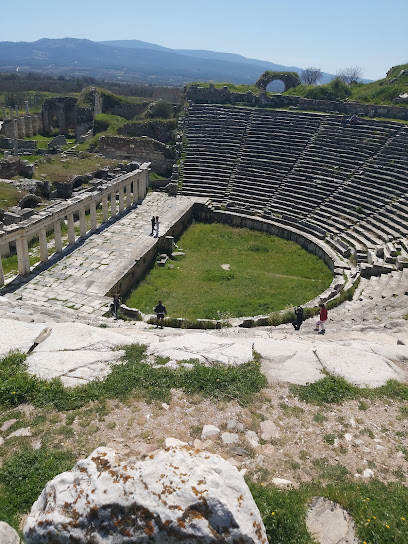
Afrodisias müzesi ve ören yeri
1.2 km
Explore Afrodisias, one of Turkey's most remarkable archaeological sites, where ancient history and stunning ruins come to life.
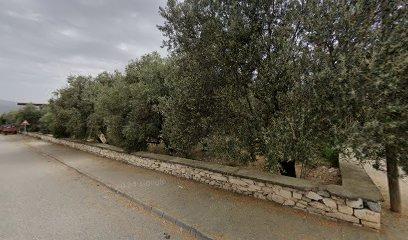
Summerhouse Zoo
32.1 km
Discover the enchanting wildlife at Summerhouse Zoo in Denizli, a family-friendly attraction that promises an unforgettable adventure for animal lovers.
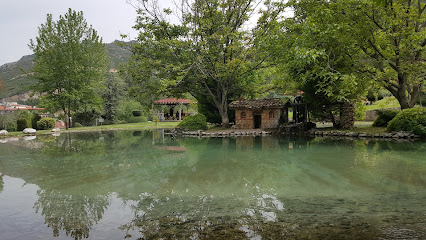
Pamukkale Tematik Kent Ormanı Parkı
32.5 km
Explore Pamukkale Tematik Kent Ormanı Parkı, a serene destination with stunning travertine terraces and healing thermal springs in the heart of Turkey.
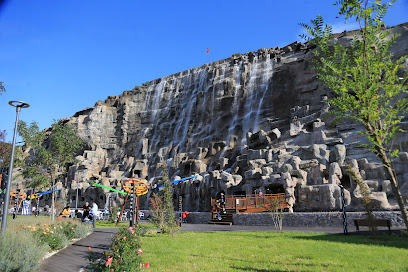
Bayramyeri Square
32.8 km
Discover the charm of Bayramyeri Square, a historical park in Denizli that blends natural beauty with cultural richness, perfect for tourists and locals alike.
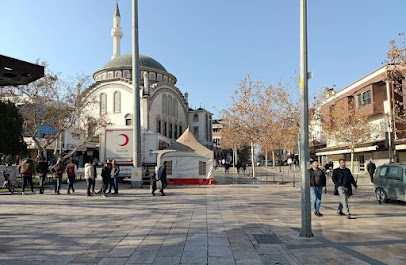
Horoz Heykeli
32.8 km
Discover the stunning Horoz Heykeli in Pamukkale, a cultural icon that beautifully showcases local artistry amidst serene surroundings.
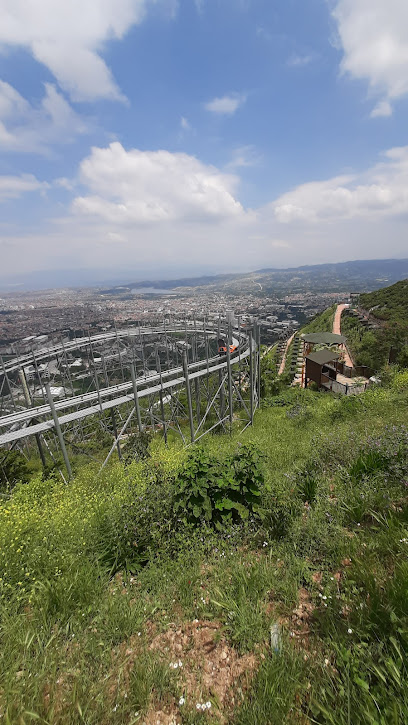
Essential places to dine
Anatolıa Restoran
1.5 km
Experience authentic Turkish cuisine at Anatolia Restoran in Geyre – where every dish tells a story!
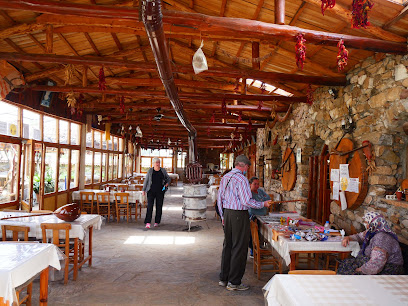
Seyir Restaurant
41.1 km
Experience authentic Turkish cuisine at Seyir Restaurant in Pamukkale with stunning views and warm hospitality.

Reis Restaurant
41.1 km
Experience authentic Turkish cuisine at Reis Restaurant in Pamukkale—where every meal tells a story of flavor and tradition.

Artemis Restaurant
41.3 km
Discover authentic Turkish cuisine amidst the stunning backdrop of Pamukkale's natural beauty at Artemis Restaurant.
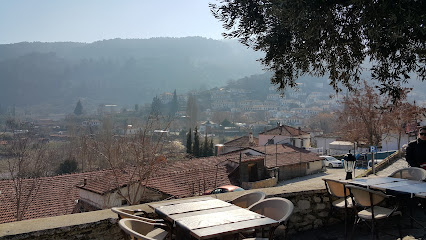
Kervansaray Restaurant
41.3 km
Discover authentic Turkish cuisine at Kervansaray Restaurant in Pamukkale – where flavor meets tradition amidst stunning views.
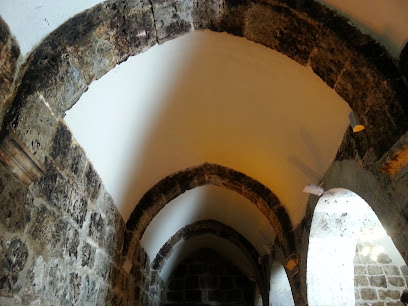
Venus hotel restaurante
41.4 km
Discover authentic Mediterranean cuisine at Venus Hotel Restaurant in Pamukkale - where taste meets tradition.
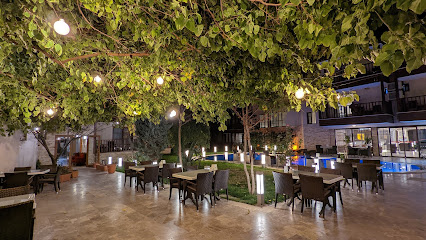
Halici Restaurant
41.4 km
Experience authentic Turkish cuisine at Halici Restaurant in Pamukkale amidst stunning landscapes.

Aliş Restaurant Meşhur Denizli Kebabcısı
41.6 km
Experience authentic Turkish cuisine at Aliş Restaurant Meşhur Denizli Kebabcısı in Pamukkale – where flavors meet tradition.
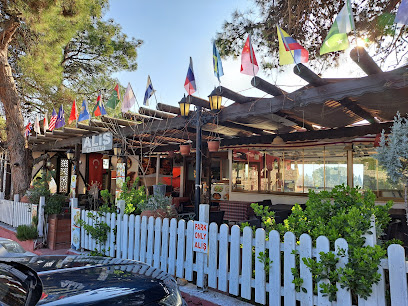
Ateş Gözleme
41.6 km
Discover authentic Turkish gözleme at Ateş Gözleme in Pamukkale - where tradition meets flavor amidst breathtaking scenery.
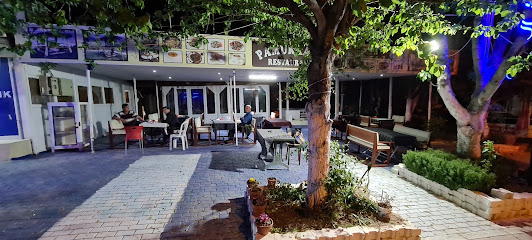
White Heaven Restaurant Pamukkale
41.6 km
Experience authentic Turkish cuisine amidst breathtaking views at White Heaven Restaurant in Pamukkale.

Hanımeli Gözleme
41.7 km
Experience authentic Turkish cuisine at Hanımeli Gözleme in Pamukkale—where locals dine and flavors come alive.
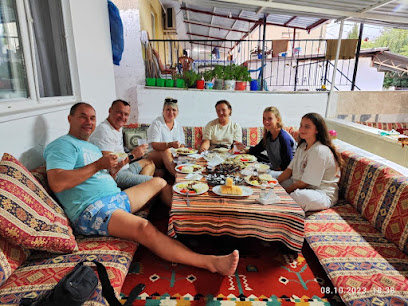
Seven Spices İndian restaurant
41.7 km
Experience authentic Indian flavors at Seven Spices Indian Restaurant in Pamukkale – where every dish tells a story.

Manzara Restaurant camping swimmingpool
41.7 km
Experience delectable Turkish cuisine amidst the stunning landscapes of Pamukkale at Manzara Restaurant – your perfect dining getaway.

Sarıkaya Izgara
41.8 km
Experience authentic Turkish cuisine at Sarıkaya Izgara in Pamukkale - where every bite tells a story.
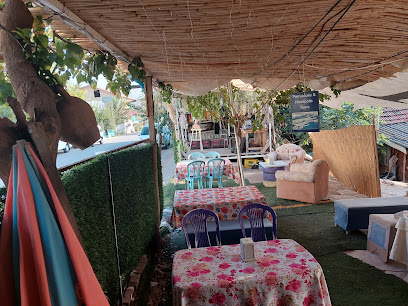
Ege corba mantı salonu
41.8 km
Discover authentic Turkish flavors at Ege Corba Mantı Salonu in Pamukkale – renowned for delicious dumplings and hearty soups.
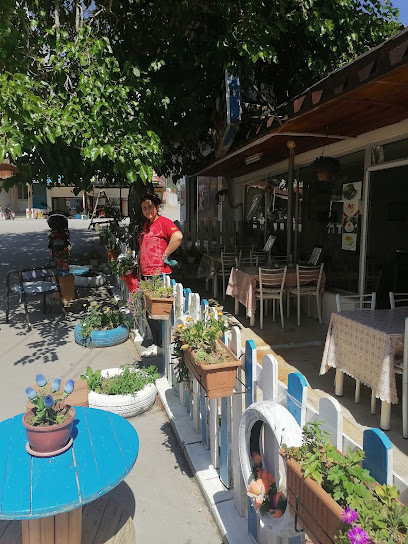
Markets, malls and hidden boutiques
Aphrodisias Souvenir Shop
0.8 km
Discover authentic local crafts at the Aphrodisias Souvenir Shop, where history meets culture in the heart of Turkey.
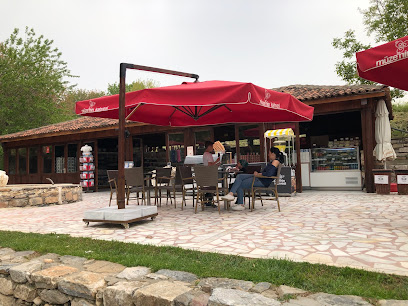
Aşk Taşım Doğaltaş Takı
37.4 km
Explore Aşk Taşım Doğaltaş Takı, a unique gift shop in Pamukkale specializing in exquisite handcrafted natural stone jewelry perfect for every traveler.

enstrumanshop
38.4 km
Discover the heart of Pamukkale's music scene at Enstrumanshop, your go-to destination for instruments and local melodies.

Cotton Castle Textile Outlet Centre
40.3 km
Discover authentic Turkish women's clothing at the Cotton Castle Textile Outlet Centre in Pamukkale, a hub of textile culture and vibrant shopping!
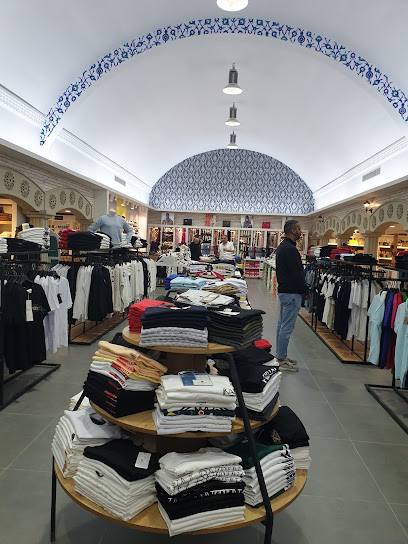
Onyx Shop
40.9 km
Discover unique souvenirs at Onyx Shop in Pamukkale, where local craftsmanship meets stunning onyx artistry, perfect for every traveler.
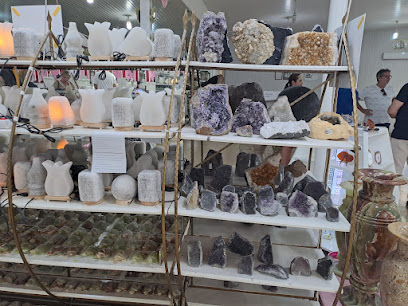
Cennetoglu Tekstil
41.1 km
Explore the vibrant textiles of Turkey at Cennetoglu Tekstil in Pamukkale, where quality meets tradition in a charming clothing store.

Tırbuson Shop
41.2 km
Explore the rich flavors of Turkish beverages at Tırbuson Shop in Pamukkale, where local wines and spirits come to life.
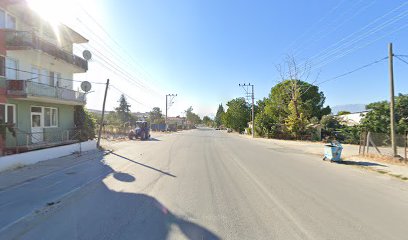
siyah inci iç giyim
41.3 km
Discover the charm of Siyah İncİ İç Giyim in Denizli, where quality meets style in intimate apparel for discerning shoppers.

Poyraz Market
41.3 km
Experience the heart of Pamukkale at Poyraz Market, your go-to shop for local snacks, drinks, and souvenirs in this stunning Turkish destination.
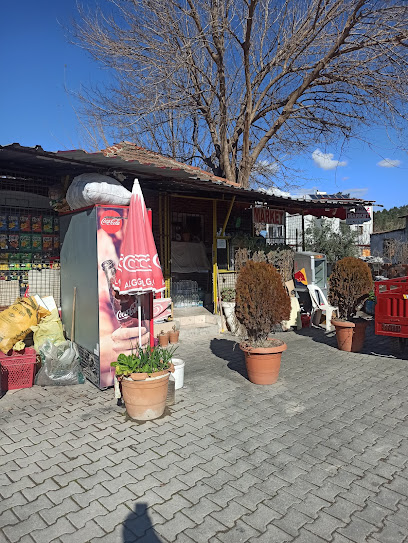
Doğan Onyx Factory
41.5 km
Explore the exquisite onyx craftsmanship at Doğan Onyx Factory in Denizli, a paradise for shopping enthusiasts and art lovers alike.
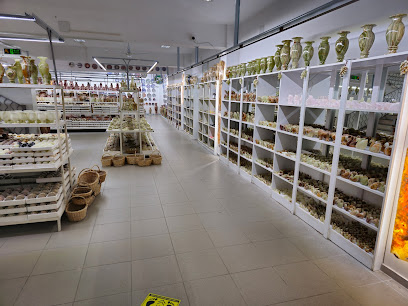
Şok Market
41.5 km
Explore Pamukkale with ease by visiting Şok Market, your go-to supermarket for all essentials and local snacks.

femme shop
41.5 km
Discover a world of elegance at Femme Shop, Pamukkale's premier destination for stylish women's underwear and exquisite lingerie.
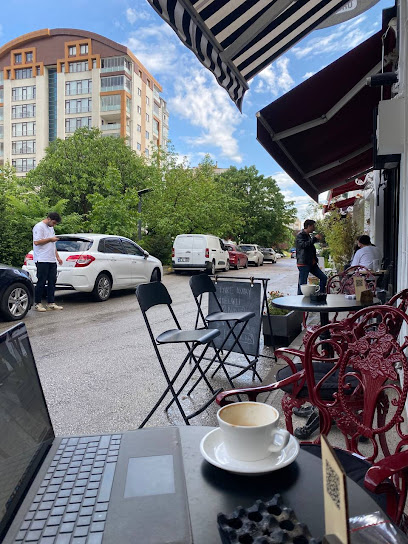
Can Market
41.5 km
Explore the vibrant Can Market in Denizli for fresh produce, local delicacies, and a taste of Turkish culture.
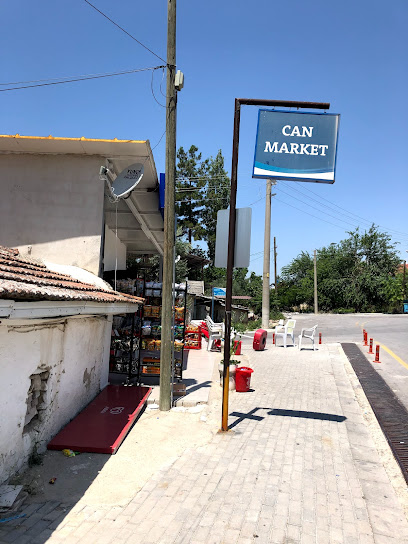
Ecirli Market
41.5 km
Discover the authentic tastes of Denizli at Ecirli Market, a vibrant grocery store showcasing local produce and culinary culture.
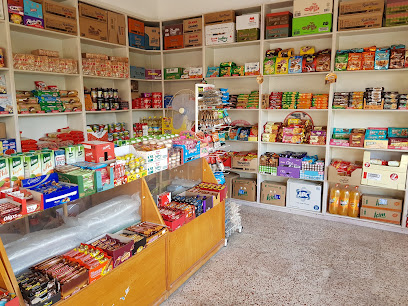
NUR MARKET
41.6 km
Explore NUR MARKET in Pamukkale for a taste of authentic Turkish flavors with local produce, unique snacks, and culinary treasures.
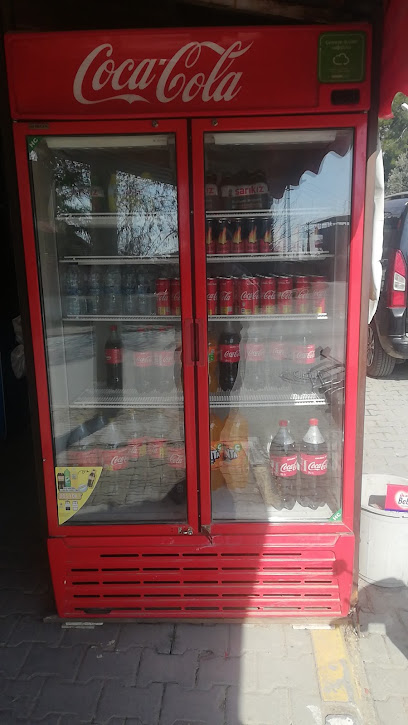
Essential bars & hidden hideouts
ASİ BAR
41.4 km
Discover the local vibe at ASİ BAR, your cozy retreat in Pamukkale after a day of exploring stunning natural wonders.

Çakıl Huzur Restoran
41.5 km
Experience authentic Turkish cuisine at Çakıl Huzur Restoran, Denizli's culinary oasis blending fresh ingredients and traditional flavors.

Marina CLUP
41.5 km
Unwind at Marina CLUP, Pamukkale's top bar for a vibrant nightlife filled with music, dancing, and unforgettable moments.

Çakıl 2 Bar
41.5 km
Discover the vibrant nightlife at Çakıl 2 Bar in Pamukkale, where refreshing drinks and friendly vibes await amidst stunning natural beauty.

Pool Bar
43.7 km
Discover tranquility at the Pool Bar in Karahayıt, where refreshing drinks and serene thermal surroundings create the perfect getaway.

BLUE SKY AYDIN CAFE&BAR
79.0 km
Experience the lively atmosphere and diverse drink menu at Blue Sky Aydın Cafe & Bar, a top nightlife spot in Aydın, Turkey.
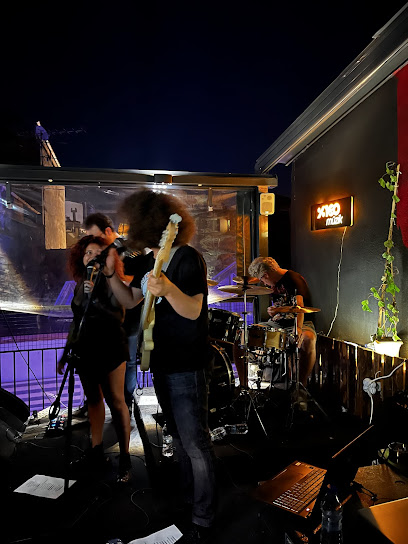
Sofra Bar
97.7 km
Experience the vibrant nightlife at Sofra Bar in Dalyan, a lively sports and karaoke bar with a friendly atmosphere and great drinks.
